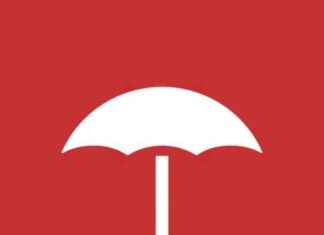Driven by high energy prices and rising food prices, inflation in the eurozone hit another record high in October. Compared to the same month last year, consumer prices rose by 10.7 percent
Inflation in the euro area keeps reaching new highs and in October it climbed above the ten percent mark for the first time since the euro was launched. Fueled by the ongoing surge in energy prices, consumer prices rose by 10.7 percent within a year, according to the statistics office Eurostat, based on an initial estimate. This is the highest level since the euro was introduced in 1999. Experts polled by Reuters, on the other hand, had only expected growth to 10.2 percent, after inflation of 9.9 percent in September.
The renewed and unexpectedly strong price surge makes it clear that the European Central Bank (ECB) has not yet reached its target with its interest rate hike. “At 10.7 percent, inflation is already miles above the 9.2 percent that the ECB expects for the fourth quarter,” commented Commerzbank chief economist Jörg Kramer on the new data. “According to its mandate, the ECB should concentrate on these inflation risks at the December meeting – and not on the recession risks.”
According to Alexander Krüger, chief economist at the private bank Hauck Aufhäuser Lampe, the inflation rate will remain in double digits for the time being. “Contrary to what was recently signaled, the ECB should take the fight against inflation more seriously again,” he demanded. According to the assessment of Commerzbank chief economist Krämer, the euro area needs another large interest rate hike of 0.75 percentage points in December. Inflation in the monetary union is now more than five times higher than the ECB’s target of two percent, which it sees as optimal for the economy.
Despite growing concerns about a recession, the monetary watchdogs raised the key interest rate last week by 0.75 percentage points to 2.0 percent. The deposit rate, which is decisive on the financial markets for funds parked by commercial banks at the ECB, was increased by the same amount to 1.50 percent. According to Dutch central bank head Klaas Knot, the next rate hike will be at least 0.50 percentage points.
The next interest rate meeting of the ECB will take place in Frankfurt on December 15th – it is the last interest rate meeting this year. This will be a tightrope act for the ECB, because with its jumbo rate hikes it runs the risk of exacerbating a possible recession in the euro area. Despite the war in Ukraine and the resulting energy crisis, the economy in the euro area still grew slightly in the summer.
According to Eurostat, the gross domestic product (GDP) increased between July and September by 0.2 percent compared to the previous quarter, as expected by experts. Nevertheless, the economy has now clearly lost momentum: In the spring, growth was still 0.8 percent. According to ECB President Christine Lagarde, the likelihood of a recession has now increased, as she said after Thursday’s interest rate decision.
Elmar Völker, analyst at LBBW, is pessimistic: “Even if the weather is still comparatively mild, we are looking into a cold, dark abyss economically.” According to Jörg Zeuner, chief economist at fund company Union Investment, economic output will decline in the winter months. “The reasons for this are above all the high energy prices, which are now no longer just a burden on industry, but also on the service sector.”
And consumers were also having a hard time with the increased cost of living. Energy prices shot up particularly sharply in October. Energy prices rose by 41.9 percent within a year. In September, the increase was still 40.7 percent. Food, alcohol and tobacco prices rose 13.1 percent from 11.8 percent in September. Non-energy industrial goods rose 6.0 percent, compared to 5.5 percent in September. For services, the price increase increased slightly to 4.4 percent from 4.3 percent in September.






